
BMW i8 Coupe running costs and reliability
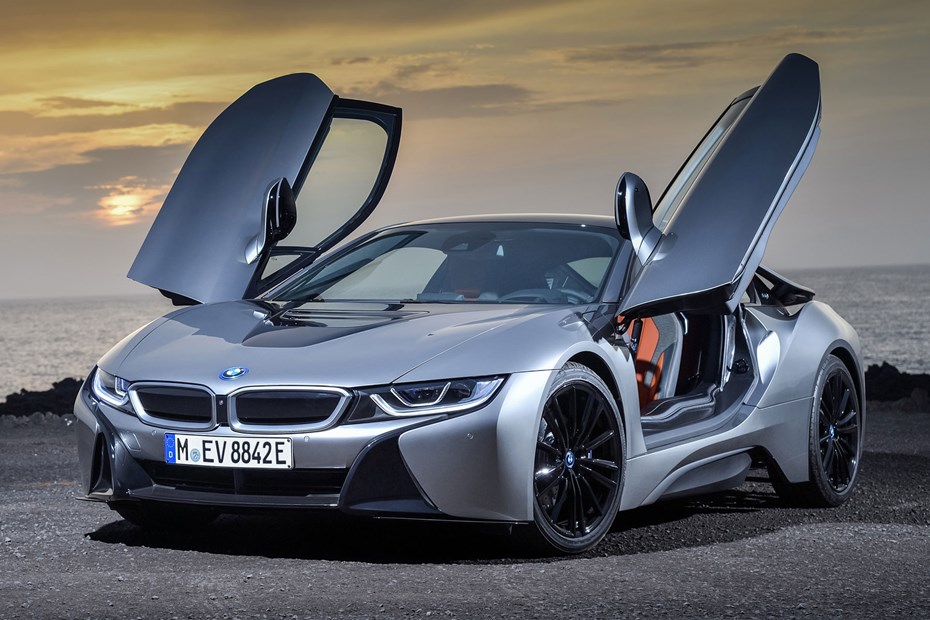
Miles per pound (mpp) ⓘ
| Plug-in hybrid petrol engines * | 6.1 mpp |
|---|
Fuel economy ⓘ
| Plug-in hybrid petrol engines * | 41.5 mpg |
|---|
- Excellent fuel economy compared to rivals
- Same story for CO2 emissions
- Many parts are found on other BMW models
Sports cars like this are rarely an inexpensive prospect, but BMW i8 running costs promise to be exceptional – certainly you’ll put less fuel into this than a Porsche or Jaguar offering similar performance. Officially the i8 can achieve 128mpg, but to do so you’d need an incredibly light right foot and clever use of the electric-only drive.
That said, in the real-world it’s easy to see figures above 30mpg, even when driving hard, and normal use should see numbers closer to 50mpg. Even if those numbers aren’t quite the headline grabbers BMW would like them to be, they’re still better than many humdrum hatchbacks – which for a car like this has to be regarded as an achievement in itself.
And if you only have a short distance to travel, in cities especially, then eDrive mode means you’ll not use any petrol at all – with only the cost of charging the battery to consider. And if you operate the car in EcoPro mode then the suggested range is around 400 miles.
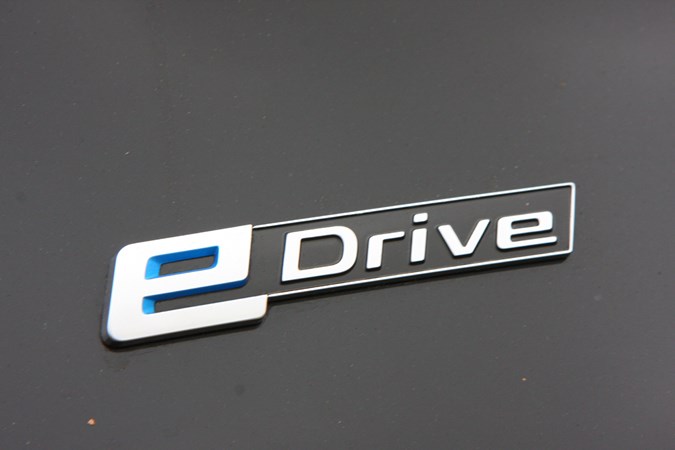
Charging the batteries for the electric motor can be done via a standard three-pin UK domestic socket, and takes less than three hours to rise from zero to 80 percent, while the same statistic takes just two hours with the dedicated BMW wallbox – a purchase so far made by 73 percent of BMW i3 owners. The i8 still wears some large wheels (with correspondingly large and expensive tyres), but in this respect it’s no different to its conventional competitors.
Is it eco-friendly?
Unsurprisingly BMW i8 emissions are something of a standout feature for the car – certainly there’s no other sports car that offers the same performance (0-62mph in 4.4 seconds) for so little CO2 output. With an official output of just 42g/km, the i8 is in fact closer to the Toyota Prius Plug-in hybrid or Volvo V60 Plug-in hybrid for pollution. Of course if you use the car’s eDrive mode, which purely operates on electric power, you can travel for 23 miles at up to 75mph, with zero CO2 emissions from the exhaust pipes.
Is the BMW i8 reliable?
There’s no reason to expect reliability to be anything but superb – certainly we’ve not heard any horror stories about the i3 as of yet. We are relatively familiar with the engine already: the 1.5-litre three-cylinder is shared with the MINI, albeit in far less powerful state of tune.
Ongoing running costs
| Road tax | £0 - £590 |
|---|---|
| Insurance group | 50 |
Get an insurance quote with

|
|



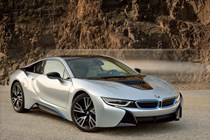
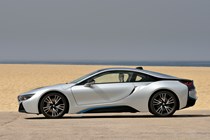
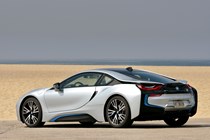
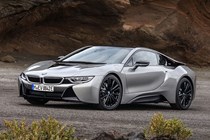


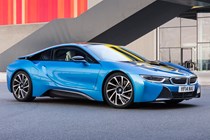
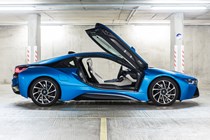

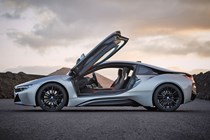
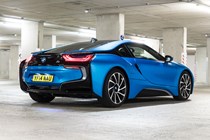
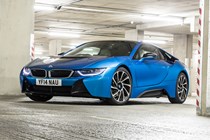
.jpg)
.jpg)
.jpg)
.jpg)
.jpg)
.jpg)
.jpg)
.jpg)

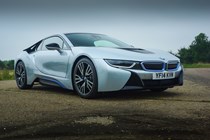
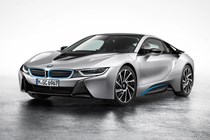
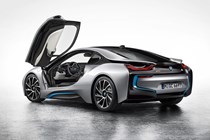
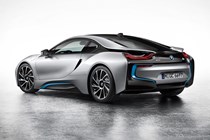
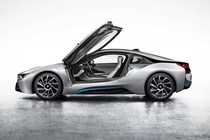
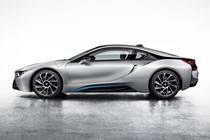

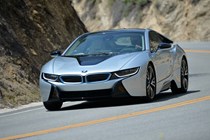
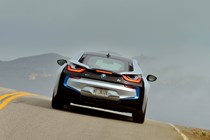
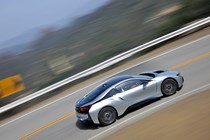
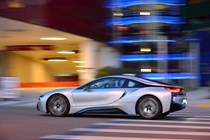
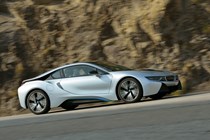
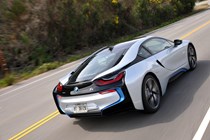
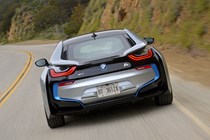
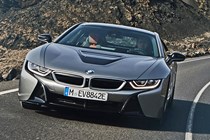
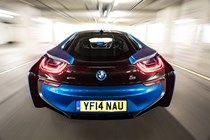
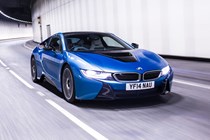
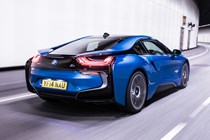
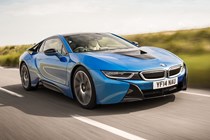
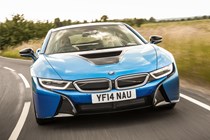
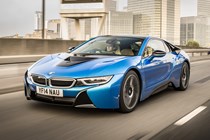
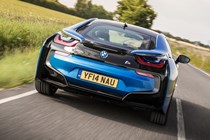
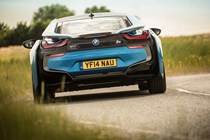
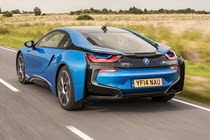
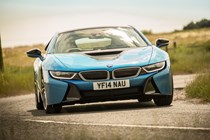
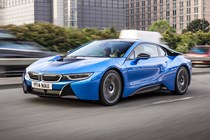
.jpg)
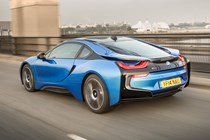
.jpg)
.jpg)
.jpg)
.jpg)

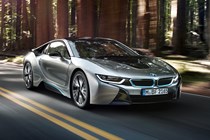
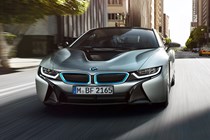
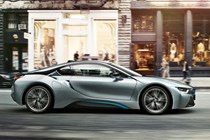
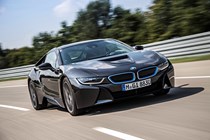
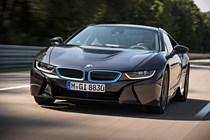
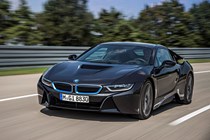

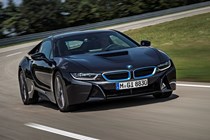
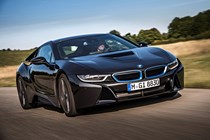
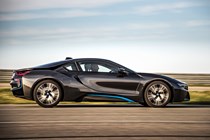
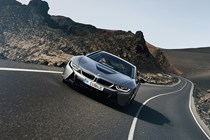
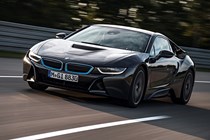
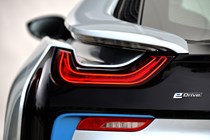
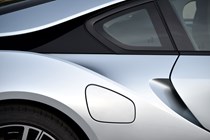
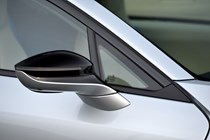
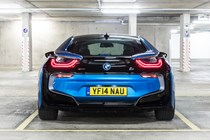

.jpg)
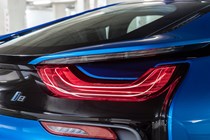
.jpg)
.jpg)
.jpg)
.jpg)
.jpg)
.jpg)
.jpg)
.jpg)
.jpg)
.jpg)
.jpg)
.jpg)
.jpg)
.jpg)
.jpg)
.jpg)
.jpg)
.jpg)
.jpg)
.jpg)
.jpg)
.jpg)
.jpg)
.jpg)
.jpg)
.jpg)
.jpg)
.jpg)
.jpg)
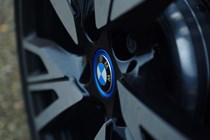
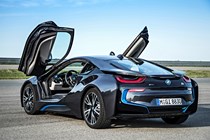
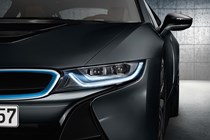
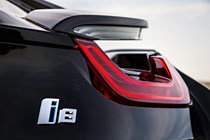

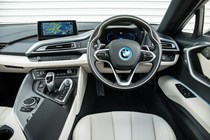
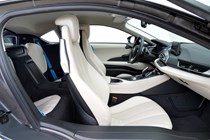
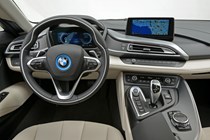
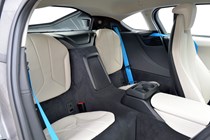
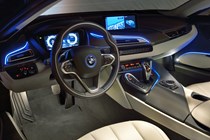
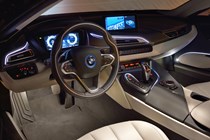
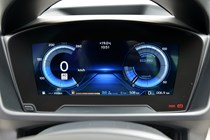
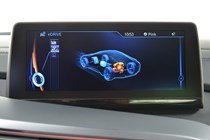

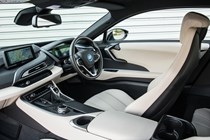
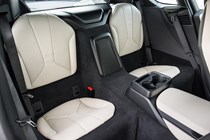
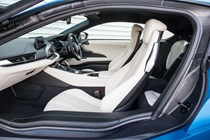
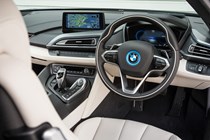
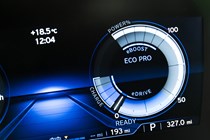
.jpg)
.jpg)
.jpg)
.jpg)
.jpg)
.jpg)
.jpg)
.jpg)
.jpg)
.jpg)
.jpg)
.jpg)
.jpg)
.jpg)
.jpg)
.jpg)
.jpg)
.jpg)
.jpg)
.jpg)
.jpg)
.jpg)
.jpg)
.jpg)
.jpg)
.jpg)
.jpg)
.jpg)
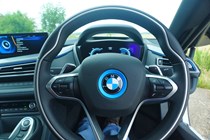
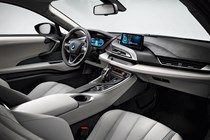
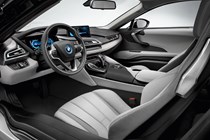
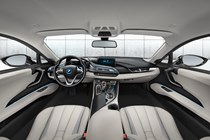

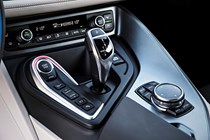
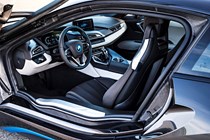
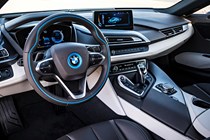

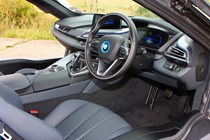
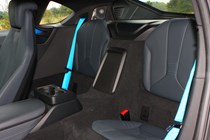
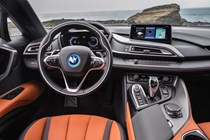
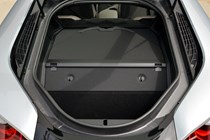
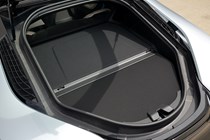
.jpg)
.jpg)
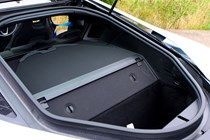













.jpg?quality=50)
.jpg?quality=50)
.jpg?quality=50)
.jpg?quality=50)
.jpg?quality=50)
.jpg?quality=50)
.jpg?quality=50)
.jpg?quality=50)



























.jpg?quality=50)

.jpg?quality=50)
.jpg?quality=50)
.jpg?quality=50)
.jpg?quality=50)


















.jpg?quality=50)

.jpg?quality=50)
.jpg?quality=50)
.jpg?quality=50)
.jpg?quality=50)
.jpg?quality=50)
.jpg?quality=50)
.jpg?quality=50)
.jpg?quality=50)
.jpg?quality=50)
.jpg?quality=50)
.jpg?quality=50)
.jpg?quality=50)
.jpg?quality=50)
.jpg?quality=50)
.jpg?quality=50)
.jpg?quality=50)
.jpg?quality=50)
.jpg?quality=50)
.jpg?quality=50)
.jpg?quality=50)
.jpg?quality=50)
.jpg?quality=50)
.jpg?quality=50)
.jpg?quality=50)
.jpg?quality=50)
.jpg?quality=50)
.jpg?quality=50)
.jpg?quality=50)
.jpg?quality=50)



















.jpg?quality=50)
.jpg?quality=50)
.jpg?quality=50)
.jpg?quality=50)
.jpg?quality=50)
.jpg?quality=50)
.jpg?quality=50)
.jpg?quality=50)
.jpg?quality=50)
.jpg?quality=50)
.jpg?quality=50)
.jpg?quality=50)
.jpg?quality=50)
.jpg?quality=50)
.jpg?quality=50)
.jpg?quality=50)
.jpg?quality=50)
.jpg?quality=50)
.jpg?quality=50)
.jpg?quality=50)
.jpg?quality=50)
.jpg?quality=50)
.jpg?quality=50)
.jpg?quality=50)
.jpg?quality=50)
.jpg?quality=50)
.jpg?quality=50)
.jpg?quality=50)














.jpg?quality=50)
.jpg?quality=50)
